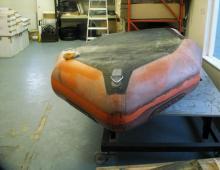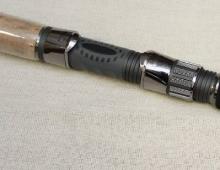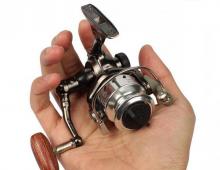Tips for home salting crucian caviar, convenient recipes and subtleties
Fish caviar has long been presented on the table as an excellent delicacy. Crucian caviar is a useful protein, well absorbed by the body. Microelements phosphorus, calcium, fluorine are widely represented in the product. Such a composition has a beneficial effect on hair, nails, teeth, and even on the musculoskeletal system. Vitamins are represented by group B, A, PP, which improve the skin, vision, and the functioning of internal organs. Caviar is rich in omega-3 fats, is not inferior to salmon caviar, effectively improves blood flow, serves as a prophylactic against atherosclerosis and immunodeficiency. Nevertheless, caviar of representatives of cyprinid fish species sometimes undeservedly ends up in waste. But if you wish, the product can be turned into a premium dish or just pickle crucian caviar at home. How to do this, you can learn from this article.
Extraction of caviar from fish, product preparation
A fishing lover should be able to independently process the caviar of crucian carp and other representatives of fresh water. The procedure is not particularly difficult. For cooking, you should use only fresh fish, which has recently appeared. All operations should be carried out carefully and carefully, without hitting the bile sac that is nearby. Otherwise, caviar is easily spoiled by a bitter aftertaste.
Procedure:
- wash the fish under running water;
- cut the stomach with a sharp knife along;
- with fingers we clamp the elongated shell bags with caviar;
- With a slight movement, we pull them out of the cavity.

Proper preparation of crucian caviar for salting
Caviar of many river representatives is perfect for salting. In the case of crucian carp, less than 150 grams of fresh caviar should not be salted.
The following appliances are required for cooking:
- metal sieve;
- double piece of gauze 50x50 cm;
- a medium-sized bowl;
- three liter saucepan.
The main operation during preparation is the extraction of eggs from film elements. The larger the diameter of the eggs, the larger the holes in the dish should be, for the free passage of individual eggs without damage. Aluminum colander models should not be used. The product is distinguished by the sharp edges of the holes, which spoils the fish caviar. An enamel colander is ideal. Spread the payus (hymen that protects the eggs), fill the dishes and slowly wipe the product by hand, with the back of the hand. If the cell is large enough for a single egg, it is allowed to use a stainless steel sieve.
When preparing a large amount of caviar, from two to three kilograms or more, you can use a different cleaning method. In this case, the caviar is placed on a cutting board and squeezed out with the back of a knife blade.
In everyday life, they also use special tools for cleaning fish caviar - screens. The device is a rectangular grid. Putting the ovaries on the surface of the device, they stroke them with your hand, separating the caviar falls on a previously substituted basin or pan.
In another case, a “mixer” is used, which is set in motion along the axis by hand. Waste in the form of films is wound on various parts of the rotary tool. However, this method is generally suitable for a large amount of product.



